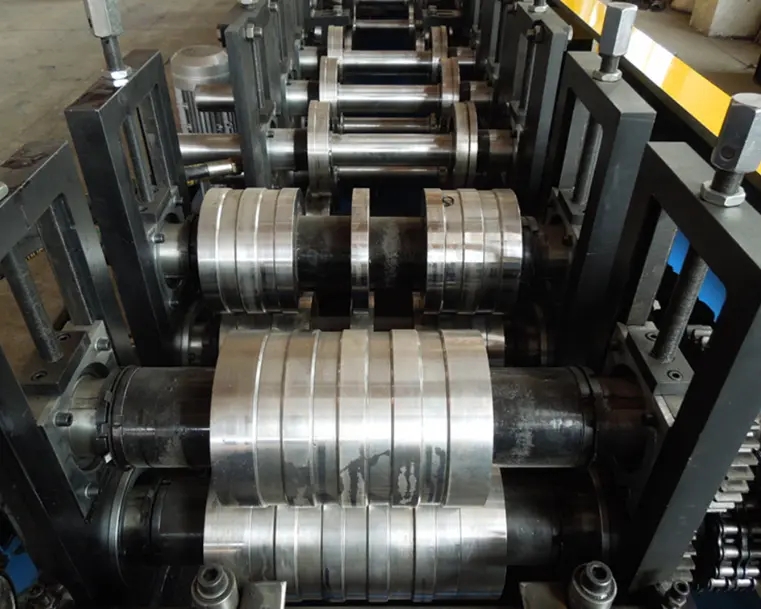
The Importance of Sandwich Panel Making Machines in Modern Construction
In today's fast-paced construction industry, efficiency and sustainability are more crucial than ever. One of the innovations that have emerged to address these needs is the sandwich panel making machine. These machines are designed to produce sandwich panels—composite panels consisting of two outer layers and an insulating core. Their versatility and effectiveness make them an essential tool in various construction applications, from residential buildings to commercial structures.
Sandwich panels offer several advantages over traditional building materials. They are lightweight yet incredibly strong, which allows for easier handling and faster installation. The panels are typically made from materials such as polystyrene, polyurethane, or mineral wool, which provide excellent thermal insulation. This property not only contributes to energy efficiency in buildings but also enhances comfort for occupants. As energy costs continue to rise, the demand for energy-efficient building solutions has become a priority for many developers and builders.
The sandwich panel making machine automates the production of these panels, significantly reducing labor costs and manufacturing time. By streamlining the process, these machines enable manufacturers to produce high volumes of panels in a shorter period. This is particularly beneficial in projects where time is of the essence. Modular construction methods, which have gained popularity in recent years, can greatly benefit from the quick turnaround provided by sandwich panel machines.

Moreover, the precision offered by modern sandwich panel making machines ensures that the panels meet strict quality standards. Most machines are equipped with advanced technology that allows for precise control of thickness, density, and dimensions. This uniformity is vital for ensuring that the panels perform as expected once installed. Additionally, quality assurance measures can be integrated into the production process, further enhancing the reliability of the finished products.
Another noteworthy aspect of sandwich panel production is its potential for customization. Manufacturers can adjust the specifications of the panels based on the project requirements, whether that entails custom dimensions, colors, or finishes. This flexibility allows builders and architects to maintain aesthetic creativity while adhering to functional needs. Furthermore, advances in technology have enabled the integration of features such as fire resistance and waterproofing into sandwich panels, making them suitable for various climates and applications.
Environmental considerations are also at the forefront of the sandwich panel industry. The materials used in sandwich panel production are often recyclable, and the machines can be designed to minimize waste during manufacturing. Additionally, because of their insulating properties, sandwich panels contribute to reduced energy consumption in buildings, aligning with the global push towards sustainable building practices.
In conclusion, sandwich panel making machines play an integral role in modern construction, offering a combination of efficiency, customization, and sustainability. As the demand for innovative and energy-efficient building materials continues to grow, these machines will undoubtedly lead the way in transforming how we construct buildings. The evolution of sandwich panel technology is not just reshaping the industry; it is also paving the way for a more sustainable future in construction.